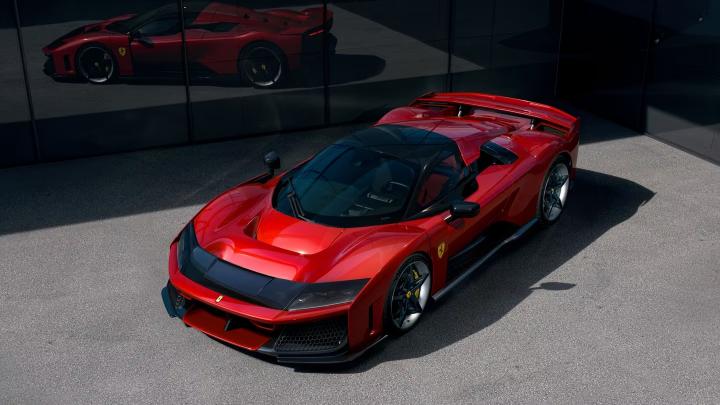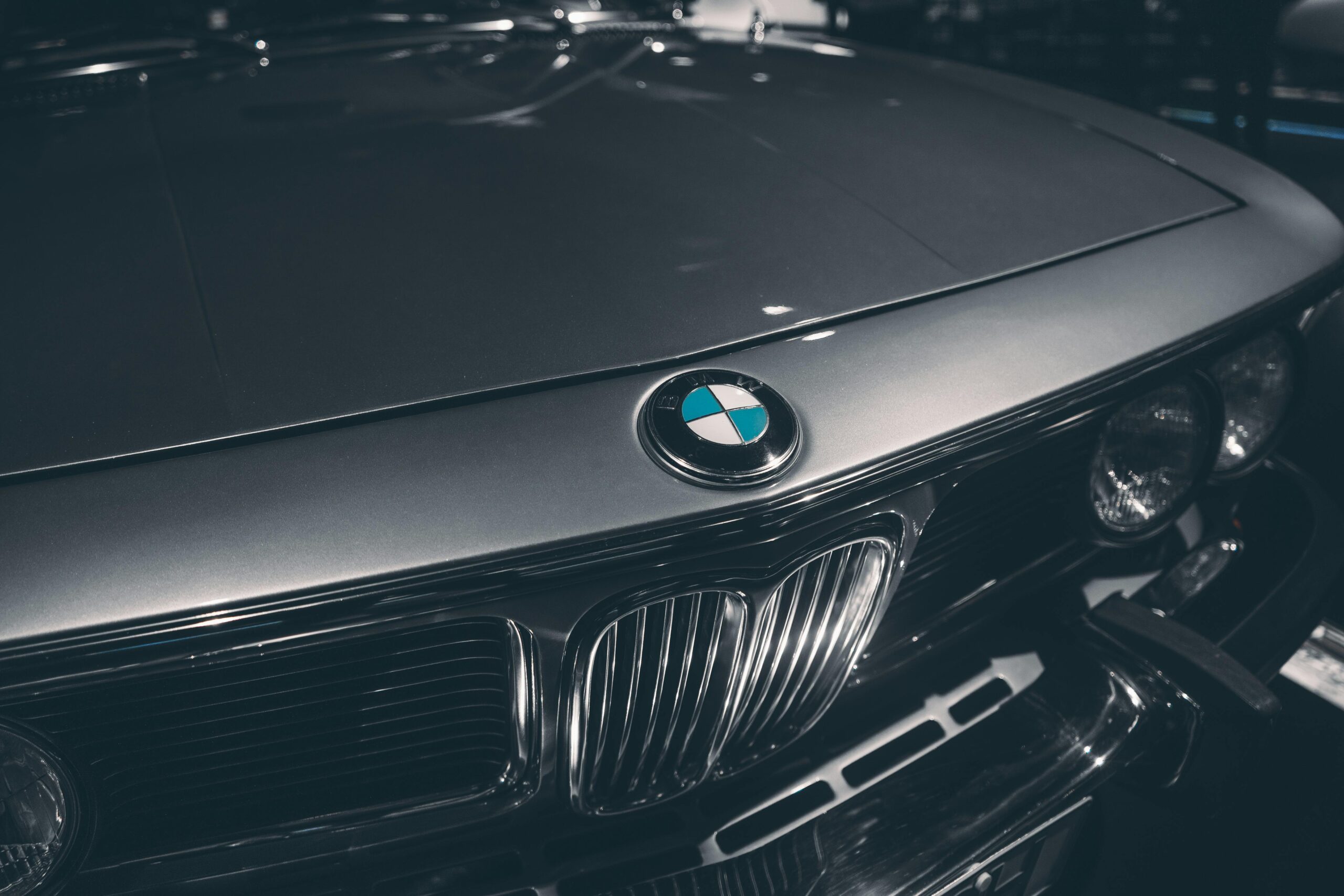From Track to Road, Maranello’s Latest Masterpiece Redefines Hybrid Performance
When Ferrari unveils a new hypercar, the automotive world takes notice. The release of the Ferrari F80, the latest in a lineage that includes the 288 GTO, F40, F50, Enzo, and LaFerrari, is not just a milestone for the iconic brand; it’s a landmark moment for the entire industry. Like its predecessors, the F80 embodies the spirit of Ferrari, but this time it also encapsulates the future of high-performance vehicles, merging Formula One-derived hybrid technology with the visceral thrill of a road-going supercar.
A Legacy of Innovation
The Ferrari F80 isn’t merely the latest in a line of hypercars that began 40 years ago—it’s a statement of intent. Ferrari’s decision to race in the World Endurance Championship (WEC) and their consecutive Le Mans victories have injected renewed vigor into their road car development. The F80 showcases Ferrari’s ability to transfer its racing expertise to a road car, making this much more than just another hypercar. It’s an engineering marvel that stands at the nexus of technology, speed, and driver engagement.
At the heart of the F80 lies a hybridized 3.0-liter V6 engine, and while some traditionalists may raise eyebrows at the absence of a naturally aspirated V12, Ferrari is undeterred. Downsizing, in this case, does not mean compromise. The F80’s powertrain is a tour de force, producing a staggering 1,183 bhp, 887 from the combustion engine and 296 from its sophisticated hybrid system. What’s more, this engine shares its DNA with Ferrari’s 499P endurance racer, which has proven its mettle on the world’s toughest racing circuits.
Formula One DNA in a Road Car
The F80 benefits from a wealth of F1 technology. Ferrari has been a trailblazer in the hybridization of motorsport, and the F80 leverages this in full force. The MGU-K and MGU-H systems, integral to Ferrari’s Formula One energy recovery units, are now part of the F80’s hybrid architecture. These components not only make the car more efficient but also offer unparalleled performance. The result is a car that rockets to 62 mph in 2.1 seconds and hits 124 mph in just 5.7 seconds, with a top speed electronically limited to 217 mph.
In many ways, the F80 transcends mere performance numbers. It’s a masterclass in software integration and energy management. Ferrari’s decision to build its own electric motors rather than rely on external suppliers is key. The brand’s engineers have fine-tuned the hybrid system to achieve the perfect balance between performance and weight reduction, ensuring that the car’s electrification doesn’t dilute its iconic driving experience.
A Symphony of Engineering
Beyond the hybrid system, the F80 is a study in advanced materials and engineering techniques. Ferrari’s choice of titanium connecting rods, diamondlike carbon coatings, and Inconel exhausts ensures the car not only performs at the highest level but also delivers the auditory experience Ferrari fans crave. The exhaust has been specially tuned to emit a signature Ferrari howl, maintaining the brand’s visceral emotional connection despite the move toward hybridization.
The aerodynamics have also been honed to perfection. Every contour of the F80 is functional, designed to optimize downforce while minimizing drag. This is a car that, while stunning to look at, has been sculpted by wind tunnel testing and real-world race data. Ferrari’s engineers have ensured that drivers experience seamless control over the car, even at the most extreme speeds. The F80’s finely tuned aerodynamics keep the car glued to the road, while the hybrid system’s torque-fill ensures that power delivery is smooth and uninterrupted.
Technology that Disappears into the Drive
One of the most fascinating aspects of the F80 is its ability to blend cutting-edge technology with an analogue driving feel. Gianmaria Fulgenzi, Ferrari’s chief product development officer, aptly describes it as a car that feels “intuitive.” Despite the complexity of its systems, the F80 allows drivers to push to their personal limits without being overwhelmed by the tech working in the background.
The car’s software, Fulgenzi explains, plays a crucial role but remains invisible to the driver. It’s this “seamlessness” that makes the F80 truly revolutionary. In a hypercar with such advanced systems, it’s easy to expect a digital feel—yet Ferrari has managed to make the F80 a tactile experience. The car becomes an extension of the driver, offering immediate feedback, total control, and, crucially, a sense of connection that Ferrari has become famous for.
Hybridization Meets Ferrari Heritage
Ferrari’s decision to take the hybrid route with the F80 signals a clear direction for the future. However, it’s not simply about reducing emissions or adhering to regulatory pressures. The hybrid elements in the F80 enhance its performance. The electric motors on the front axle allow for torque vectoring, ensuring precise handling in all conditions, while the rear-mounted electric motor boosts acceleration and power delivery, filling in the gaps when the combustion engine is under heavy load.
The 860-volt battery pack, derived from Ferrari’s Formula One technology, ensures that the hybrid system operates at peak efficiency. But unlike many hybrid cars, where the electric motors serve more to offset emissions than boost performance, the F80 uses its hybrid elements as a performance enhancer, cutting seconds off lap times and creating a more dynamic driving experience.
Looking to the Future
Ferrari’s mastery of hybrid systems is evident in the F80, but this car is just a precursor to what’s coming next. With Ferrari’s first fully electric model slated for release next year, the F80 serves as a bridge between the brand’s legendary past and its electric future. The hybridization of the F80 demonstrates Ferrari’s ability to adapt without losing its soul—a remarkable feat in an era of stringent emissions regulations and industry-wide electrification.
As Ferrari steps into the age of electrification, the F80 stands as a testament to what’s possible when innovation meets heritage. It combines the raw power of a combustion engine with the finesse of electric technology, creating a driving experience that is as exhilarating as it is forward-thinking.
Final Thoughts
The Ferrari F80 isn’t just a hypercar—it’s a harbinger of the future of performance vehicles. It showcases Ferrari’s unparalleled ability to innovate while staying true to its roots. For collectors, the F80 will undoubtedly join the ranks of its illustrious predecessors, but for the rest of us, it offers a glimpse of what’s to come: a future where hybrid and electric technologies push the boundaries of speed, control, and engagement.
For now, Ferrari continues to show that it can move with the times without ever compromising what makes it special: the pure joy of driving. The F80, with its extraordinary blend of power, precision, and passion, is a reminder that the Prancing Horse is as relevant today as it was when it first revolutionized the automotive world.








Recent Comments